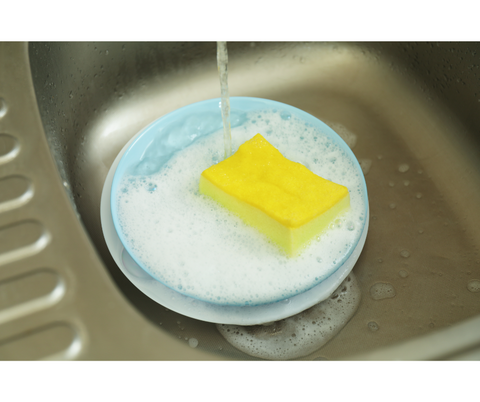In recent years, bamboo products have surged in popularity thanks to their eco-friendliness, durability, and elegant aesthetic. From bamboo cutting boards to furniture and kitchen utensils, this versatile material adds a touch of natural beauty to any home. However, like any other item, bamboo products require proper care and maintenance to ensure they retain their charm and functionality over time. In this comprehensive guide, we'll explore the best practices for cleaning bamboo products, helping you keep them looking pristine for years to come.
Why Choose Bamboo?
Before diving into the cleaning process, let's briefly touch on why bamboo products are worth investing in. Bamboo is a sustainable and renewable resource, known for its rapid growth and minimal environmental impact. It's naturally antibacterial, making it an excellent choice for kitchenware and other household items. Additionally, bamboo's strength and durability rival that of traditional hardwoods, making it a practical choice for various applications.
Cleaning Bamboo Products: Step-by-Step Guide
Step 1: Gather Your Supplies
Before you begin cleaning your bamboo products, assemble the necessary supplies. You'll typically need:
- Mild dish soap
- Warm water
- Soft cloth or sponge
- Bamboo-safe oil or wax (optional)
- Baking soda (for tougher stains)
Step 2: Prepare the Cleaning Solution
Start by preparing a gentle cleaning solution. Mix a small amount of mild dish soap with warm water in a basin or sink. Avoid using harsh chemicals or abrasive cleaners, as they can damage the bamboo's natural finish.
Step 3: Wipe Down the Surface
Dip a soft cloth or sponge into the cleaning solution and gently wipe down the bamboo surface. Be sure to remove any dirt, grime, or food residue, paying extra attention to crevices and corners. Avoid soaking the bamboo product excessively, as prolonged exposure to water can cause swelling or warping.
Step 4: Rinse Thoroughly
Once you've cleaned the bamboo surface, rinse it thoroughly with clean water to remove any soap residue. Use a separate cloth or sponge dampened with water for this step. Ensure all soap traces are completely removed to prevent build-up and maintain the bamboo's natural lustre.
Step 5: Dry Completely
After rinsing, dry the bamboo product thoroughly with a clean, dry cloth. Avoid air-drying bamboo items, as prolonged moisture exposure can lead to mould or mildew growth. Ensure the surface is completely dry before proceeding to the next step.
Step 6: Optional Maintenance
For added protection and shine, consider applying a thin layer of bamboo-safe oil or wax to the cleaned surface. This step helps nourish the bamboo and restore its natural sheen. Be sure to follow the manufacturer's instructions when applying any conditioning products.
Step 7: Addressing Stubborn Stains
For stubborn stains or stuck-on residue, sprinkle a small amount of baking soda onto the affected area and gently scrub with a soft brush or sponge. The mild abrasive properties of baking soda help lift tough stains without damaging the bamboo's surface.

Additional Tips for Bamboo Care
- Avoid exposing bamboo products to extreme temperatures or direct sunlight, as these can cause fading, cracking, or warping.
- Regularly oil or wax bamboo items to maintain their appearance and prevent drying out.
- Use cutting boards or trivets to protect bamboo surfaces from heat and scratches.
- Store bamboo products in a dry, well-ventilated area to prevent moisture build-up and potential damage.
By following these simple yet effective cleaning tips, you can ensure your bamboo products remain beautiful and functional for years to come. With proper care and maintenance, your eco-friendly bamboo items will continue to bring joy and style to your home while reducing your environmental footprint.
Happy cleaning!

